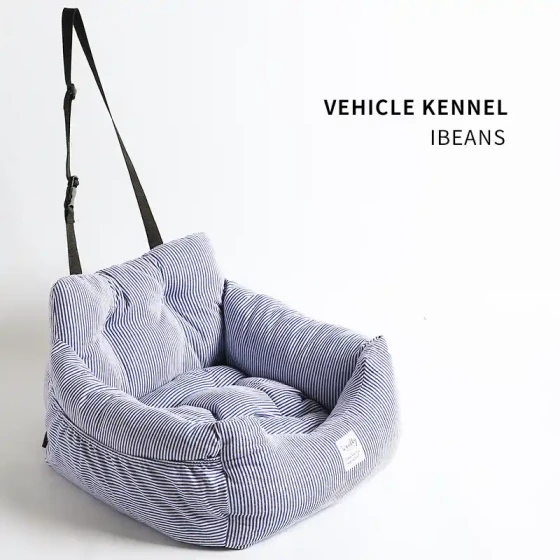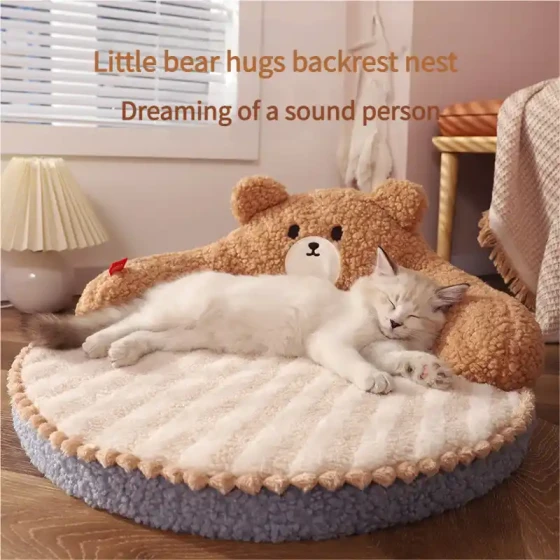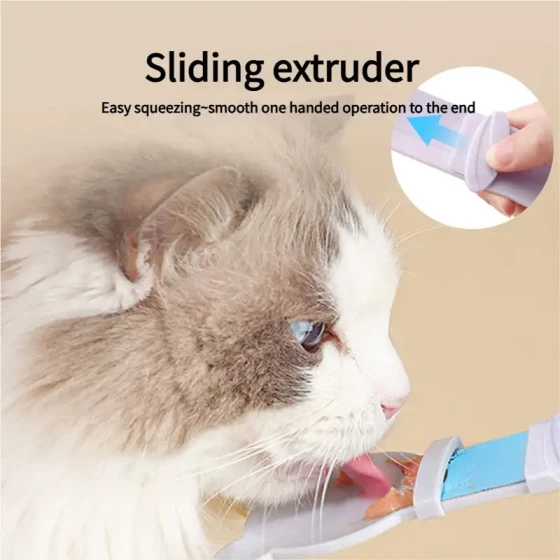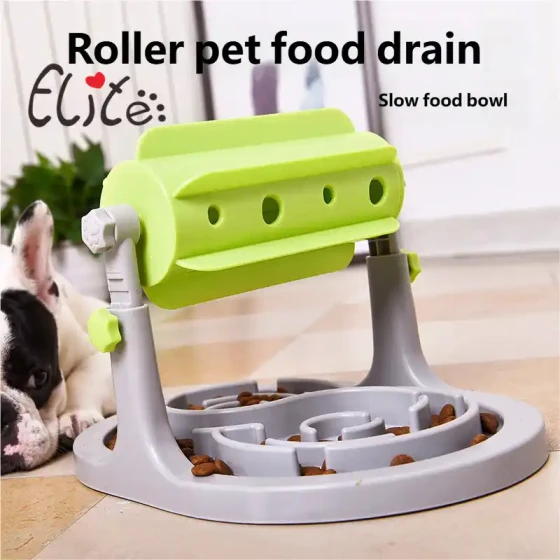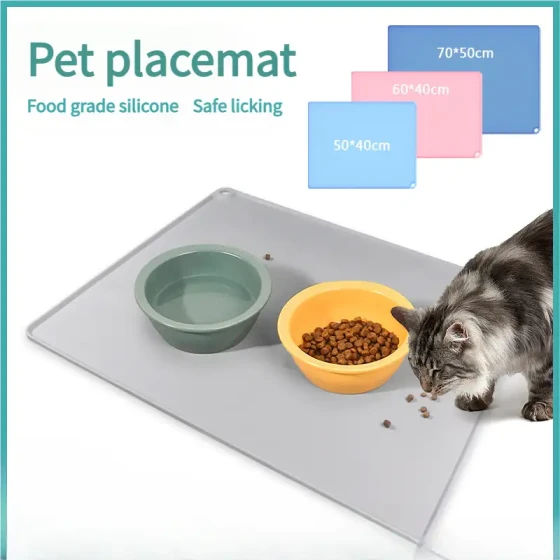Domestic Cat Food Varieties Are Rich_Fully Meet Cats' Nutritional Needs
After years of development, domestic cat food now boasts a dazzling variety on the market, fully capable of meeting cats' nutritional needs from kittenhood to old age, and from ordinary health to special requirements. For cat-owning families in China, choosing suitable domestic cat food is not only convenient and quick but also provides a scientifically comprehensive dietary guarantee for their beloved cats.
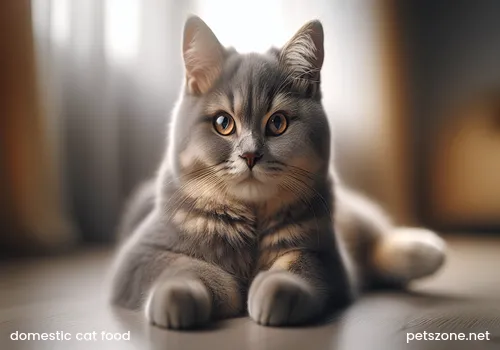
Why are cats so "picky eaters"? Understanding cats' nutritional needs is key
Cats are obligate carnivores, which means their body structure and metabolism require a diet high in protein, moderate in fat, and low in carbohydrates. This is vastly different from us humans or dogs who are omnivores. Choosing food for cats is like tailoring a "special supply" nutritious meal just for them.
- Protein is the foundation: Cats demand a very high amount of protein and utilize animal protein far more efficiently than plant protein. Adequate animal protein provides essential amino acids for cats, such as taurine.
- Fat provides energy: Fat is an important energy source for cats and helps absorb fat-soluble vitamins. But fat content needs to be moderate, as excess fat can easily cause cats to become overweight.
- Low carbohydrate requirement: Cats have a low carbohydrate requirement, and too many carbohydrates may lead to digestive issues or obesity.
- Taurine is indispensable: Taurine is vital for cats' eyes, heart, digestion, and reproductive functions. Cats cannot synthesize enough taurine themselves and must obtain it from food. Lack of taurine may cause vision deterioration or even blindness, heart disease, and other serious problems.
- Vitamins and minerals: Vitamins and minerals play various important roles in cats' bodies and are essential for maintaining normal physiological functions.
- Water is the source of life: Don't forget, adequate water intake is also very important for cats' health, especially for cats prone to urinary system problems.
Domestic cat food offers a rich and diverse "menu"
The current domestic cat food market no longer only offers a single type of dry food. To satisfy different cats' tastes and needs, various forms of cat food are appearing:
- Extruded dry food: This is the most common type of cat food, convenient to store and feed. High-quality domestic dry food focuses on ingredient selection, using meat as the main component, and adds essential vitamins and minerals. When choosing, be sure to check the ingredient list; meat should be listed first.
- Wet food (canned/pouches): Wet food contains higher moisture, helping cats supplement water and benefiting urinary system health. The flavors and textures of domestic wet food are becoming more diverse, with options like meat chunks and purees. Wet food generally has better palatability and is a good supplement for cats that dislike drinking water.
- Freeze-dried cat food: Freeze-drying technology preserves the nutritional content and original flavor of food to the greatest extent and is a feeding method very close to "raw meat." Domestic freeze-dried cat food usually treats raw materials like meat, organs, and bones by freeze-drying, which are rehydrated before feeding, offering high nutritional value and excellent palatability.
- Air-dried cat food: The air-drying process is between dry food and freeze-dried, removing moisture through low-temperature airflow while preserving nutrition well. Air-dried cat food has a relatively soft texture that some cats may prefer.
- Raw bone meat packages: Some domestic brands also offer scientifically formulated raw bone meat packages that mimic cats' natural wild diet. This feeding method requires some understanding of nutritional balance or selecting pre-formulated products.
Picking the right domestic cat food for your "master"
With so many diverse choices, how do you find the "perfect dish" for your own cat?
- Understanding ingredient lists is essential: High-quality cat food ingredient lists should have specific meat sources like chicken, fish, or beef listed at the front. Avoid cat foods with large amounts of grains (such as corn, wheat) or vague terms (like "animal by-products") among the top ingredients, as this usually indicates low meat content.
- Pay attention to guaranteed nutritional analysis: Any legitimate cat food packaging will have guaranteed nutritional analysis values including crude protein, crude fat, taurine, moisture content, etc. Ensure the crude protein content meets cats' needs (usually recommended above 30% for dry food) and taurine content is up to standard.
- Consider the cat’s age and physiological stage: Kittens, adult cats, senior cats, and pregnant/lactating cats have different nutritional requirements and should be fed appropriate formulas. For example, kitten food typically has higher protein and fat, and kibble sizes suitable for kittens.
- Based on health condition: If cats have special health issues such as sensitive stomach, urinary problems, or obesity, you can choose corresponding prescription or functional cat food. It's best to consult a veterinarian's advice.
- Palatability is also important: Cats vary a lot in taste; some may favor certain flavors while others are very picky. Try buying small packages to test which flavors and textures your cat prefers.
- Know brand reputation and quality control: Choose domestic brands with good reputations and strong quality control. You can research user reviews online and check third-party test reports.
- Budget considerations: Domestic cat food prices vary widely, from tens to over a hundred yuan per pound. Choose the best quality ingredients and nutrition within your budget. Remember, "more expensive isn’t always better, but very cheap should be approached cautiously."
Advantages and development of domestic cat food
In recent years, with the rapid growth of the domestic pet industry, the quality and variety of domestic cat food have significantly improved. Many domestic brands invest in research and development, upgrade production processes, emphasize ingredient traceability and quality control, and launch excellent products comparable to or even surpassing some imported brands.
The advantages of domestic cat food include:
- Better understanding of Chinese cats’ needs: Some domestic brands develop products targeted at the physiology and common health issues of Chinese cats, offering more specialized solutions.
- More diverse price options: Compared to imported cat food, domestic cat food offers a wider range of price options, making quality cat food affordable for more cat families.
- More convenient purchasing: Easily available through domestic e-commerce platforms, pet stores, and other channels.
Of course, the domestic cat food market still faces challenges, such as significant quality differences between brands, requiring consumers to be discerning. But overall, the rise of domestic cat food provides more high-quality and considerate options for cat owners in China.
Frequently Asked Questions
- Q: Which is better, domestic or imported cat food?
A: Cannot be generalized. Good domestic cat food can rival high-quality imported cat food. The key is to check ingredients, nutritional formula, and brand quality control, not just whether it is domestic or imported. - Q: Is feeding only dry food sufficient?
A: Feeding only dry food requires ensuring cats get enough water. If cats dislike drinking water, it is recommended to combine wet food or add a small amount of water to dry food (but be careful to feed promptly to avoid spoilage). - Q: Do cats need supplements beyond cat food?
A: In most cases, if cats eat nutritionally balanced cat food and are healthy, extra supplements are unnecessary unless advised by a vet for specific health issues. - Q: How to tell if a cat food suits my cat?
A: Observe your cat’s condition after eating the food: good spirit, normal appetite, stable weight, regular and formed stools, shiny coat all indicate suitability. If you notice soft stools, vomiting, skin itchiness, etc., it may be time to change food.
Conclusion
The domestic cat food market today is vastly different from the past, with abundant product varieties and continuously improving quality, providing more high-quality options for cat families. As responsible cat owners, understanding cats’ nutritional needs, learning to read cat food labels, and considering the specific situation of your "master" will surely help select the most suitable domestic cat food, letting them eat happily and grow healthily!
-560x560.webp)
